Protists are eukaryotic organisms belonging to the Kingdom Protista. Protists are highly diverse and do not have much in common with one another. They are grouped together because they don’t fit into any other kingdom; put simply, protists are all the eukaryotes that are not animals, plants, or fungi.
Generally, protists are microscopic, unicellular organisms, though some (like seaweed) are large and multicellular. Some protists (such as algae) are photosynthetic and can make their own food, while others are heterotrophic and seek out food sources in their external environment.
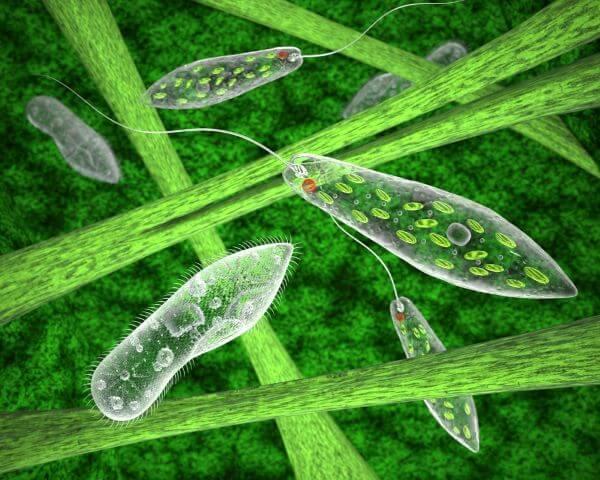
Characteristics of Protists
Protists are an extremely diverse group of organisms, so there are few similarities between them. However, all protists are eukaryotic organisms which means they contain nuclei and other membrane-bound organelles. Most protists also contain mitochondria, and some also contain digestive vacuoles, chloroplasts, and a cell wall.
Protists are typically unicellular organisms, though some are multicellular. They live in a variety of aquatic environments, and some are also found in moist soil. Some protist species are parasites and are responsible for a variety of major human diseases such as malaria, toxoplasmosis, and trypanosomiasis.
Most protists reproduce asexually, either by budding or binary fission. However, a few protists are able to produce gametes and reproduce asexually.
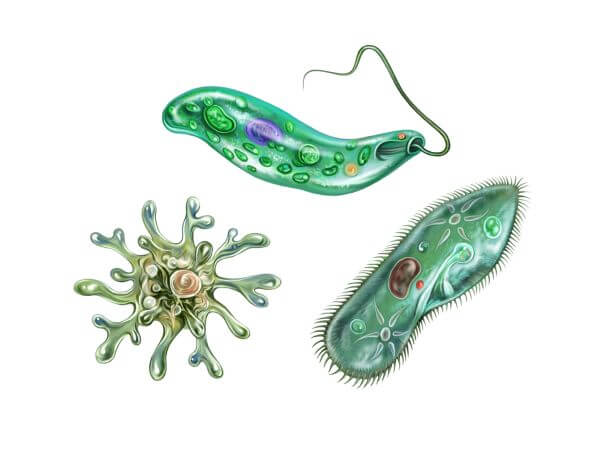
Nutrient Acquisition in Protists
Some protists are photosynthetic and use chloroplasts to harvest sunlight for the production of carbohydrates. Others (namely, animal-like and fungi-like protists) are heterotrophs. Heterotrophs seek out food sources in their surrounding environment and may feed on other microorganisms, carbon-rich materials, or decaying organic matter.
Examples of Protists
Kingdom Protista is highly diverse, and its members have few similarities with one another. Protists can be broadly classified as animal-like, plant-like, or fungi-like based on characteristics they share with animals, plants, and fungi.
Animal-like Protists
Animal-like protists are also known as protozoa, meaning ‘first animal.’ This is because they are thought to have evolved from bacteria to become some of the first eukaryotes on Earth. All other animal life is believed to have developed from these early eukaryotes.
Almost all protozoa are heterotrophs, meaning they find nutrients from their environment rather than producing carbohydrates via photosynthesis. Protozoan cells contain mitochondria (for the production of energy) and digestive vacuoles (for the digestion of food).
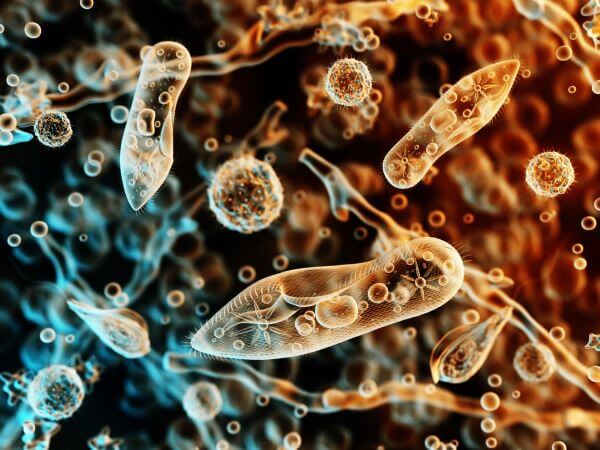
Examples of Animal-like Protists
There are four main types of protozoa, which are classified based on where they live and how they move around. These are:
- Rhizopoda
- Ciliates
- Flagellates
- Sporozoa
Rhizopoda are characterized by pseudopodia (AKA ‘false feet’). These are finger-like projections of the cytoplasm, which branch out from the cell and allow them to move around. Rhizopodia also use their pseudopodia to capture bacteria and smaller protozoans, which they then engulf and digest using digestive vacuoles.
The main type of Rhizopoda are amoebas. They live in freshwater and ocean habitats and typically reproduce asexually by binary fission. Some amoeba are parasites, for example, entamoeba is the cause of amoebic dysentery.
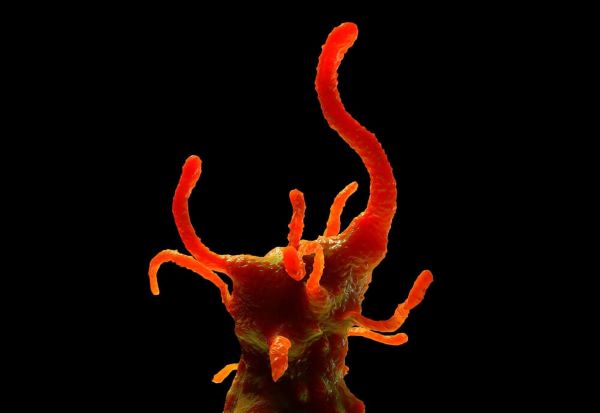
Ciliates are covered in tiny, hair-like structures called cilia which they use to propel them through the water. Ciliates also use their cilia to waft algae and bacteria into a mouth-like groove in their cell membrane. In turn, ciliates are a food source for larger protozoans (such as amoeba).
Flagellates have flagella, whip or tail-like structures that they use to propel them through their watery habitats. Many flagellates also use their flagella to capture food particles, though they may also absorb nutrients from their surrounding environment. A few flagellates (the phytoflagellates) can produce their own food via photosynthesis. Some flagellates (e.g. Trypanosoma and Giardia) are parasites and can cause sleeping sickness and giardiasis.
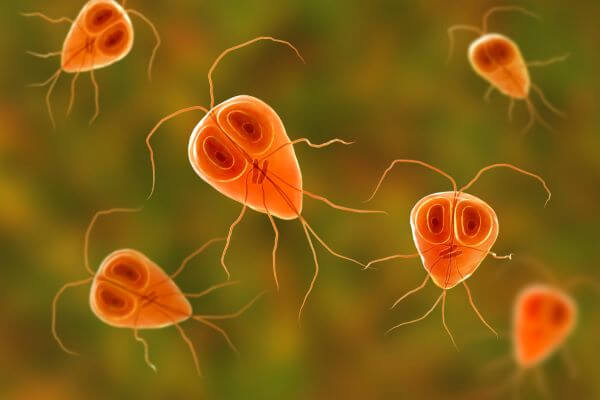
Sporozoans are a type of parasite and rely entirely on their hosts for nourishment. These protozoa don’t have pseudopodia, cilia, or flagella. Instead, they have a specialized structure called an apical complex, which they use to wedge themselves into a host cell.
Plant-like Protists
Plant-like protists are also known as algae. They are considered plant-like because they contain chloroplasts and chlorophyll and make their own food via photosynthesis. Algae also contain a cell wall made of cellulose. However, unlike true plants, algae do not have leaves, stems, or roots.
As photosynthetic organisms, algae play an important role as producers in aquatic ecosystems. They are also vital producers of oxygen and are thought to account for 50% of all oxygen production on Earth. Some algae (i.e., the diatoms) are unicellular, but others (i.e., seaweed) are multicellular organisms.
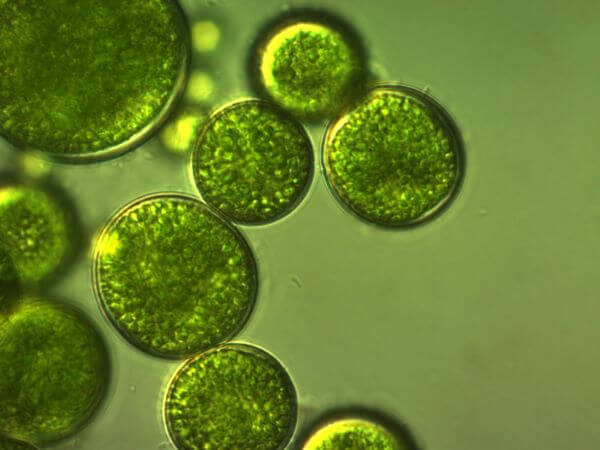
Examples of Plant-like Protists
There are seven major types of algae:
- Red algae (Rhodophyta)
- Green algae (Chlorophyta)
- Brown algae (Phaeophyta)
- Yellow-green algae (Xanthophyta)
- Fire algae (Pyrrophyta)
- Diatoms (Chrysophyta)
- Euglenids (Euglenophyta)
Red algae are usually found in tropical, marine habitats where they grow on solid surfaces, such as reefs. They have cell walls but, unlike other types of algae, they lack flagella. Red algae are often unicellular, but they can also be multicellular and form a variety of different seaweed types.
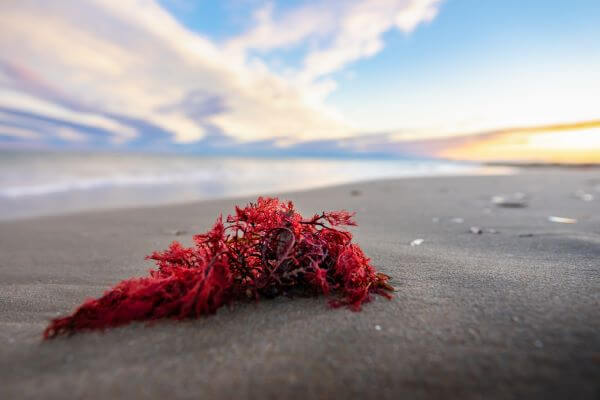
Green algae are predominantly found in freshwater environments, though a small number of species are also found in the ocean. They may be unicellular or multicellular, but all contain chloroplasts and produce their own food using photosynthesis.
Brown algae form a wide variety of seaweeds and are typically found in marine environments. One brown alga, the giant kelp, is the world’s largest marine plant and can reach up to 65 meters (215 feet) in length.
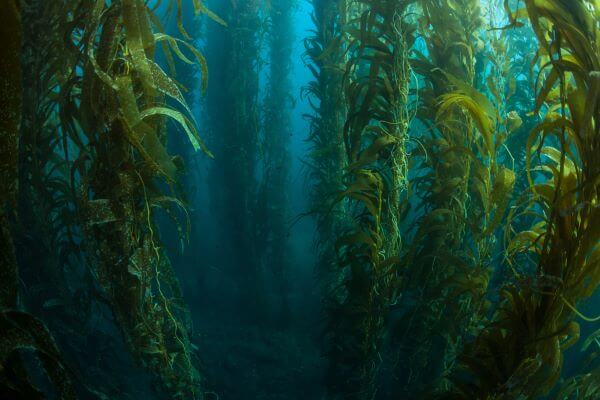
Yellow-green algae are unicellular organisms with cell walls, chloroplasts, and one or more flagella. They are the least common of all the algal types, with only 450-650 known species. Yellow-green algae are typically found in freshwater environments, though a few are also found in saltwater and wet soil.
Fire algae are also known as dinoflagellates. The name ‘fire algae’ references the fact that some species are bioluminescent, and emit an eerie, night-time glow that sets the ocean ablaze. When present in large numbers, some species of red algae can cause a phenomenon known as red tide. This type of algal bloom can pose a significant health risk, as these protists produce a number of harmful toxins.
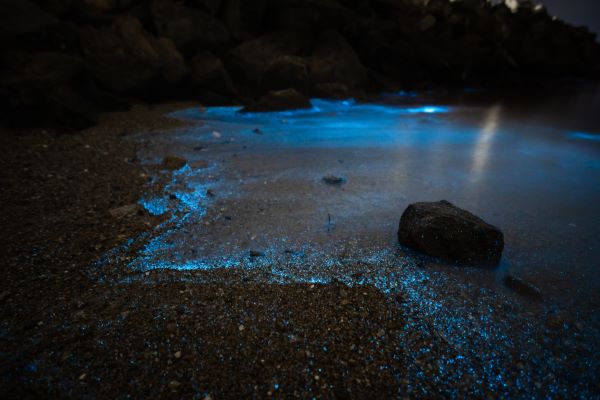
Diatoms (AKA golden-brown algae) are the most abundant types of unicellular algae and are found in both fresh and saltwater environments. Many types of ocean-dwelling plankton are diatoms.
Euglenids are found in fresh and saltwater environments. They contain chloroplasts and can photosynthesize, but are also heterotrophic and feed on other unicellular organisms and carbon-rich materials in their environment. Euglenids have flagella, which they use to propel themselves through water. Unlike most other algal species, euglena don’t have a cell wall. Instead, they are surrounded by a protein-rich layer called the pellicle.
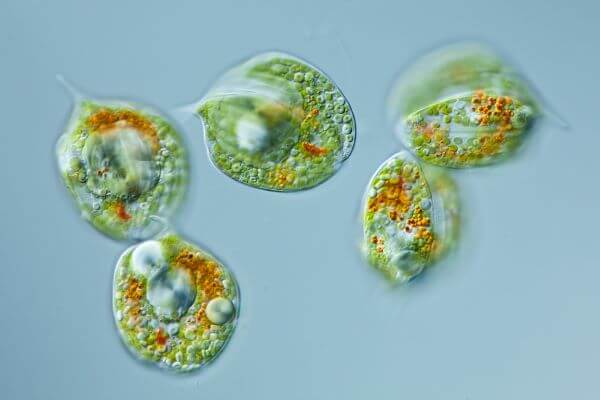
Fungi-like Protists
Fungi-like protists are also known as molds. They often look like fungi and are found in damp environments, where they absorb nutrients from dead and decaying organic matter. They reproduce using spores and have cell walls. However, their cell walls are made of cellulose, whereas fungi cell walls are made of chitin.
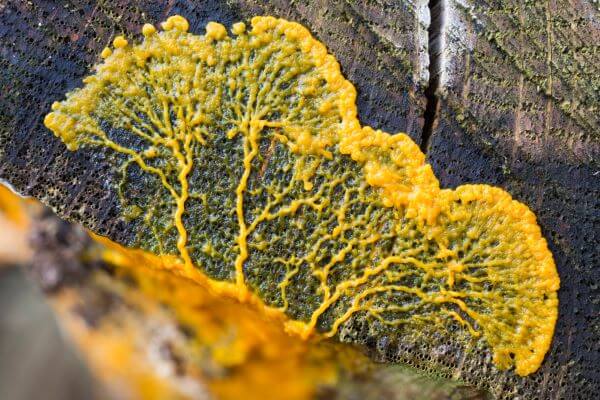
Examples of Fungi-like Protists
The two main types of fungi-like protists are:
- Slime molds
- Water molds
Slime molds are usually found growing on compost heaps and rotting logs, where they very slowly move around in search of decaying organic matter. When food sources are scarce, several single cells swarm together to form a blob-like mass.
Water molds are typically found on surface water and moist soil. Many types of water mold are plant pathogens, while others are parasites of fish and other aquatic organisms.
